The TEAC 500 Series Brings To "The Masses" an Array of Compact, Lightweight, Economically Sane and Feature Laden Components
From Small Things Mama, Big Things One Day Come
TEAC's 500 series gives both experienced audiophiles and newbies a sane financial alternative and a clear pathway out of the Bluetooth speaker desert and into the world of high quality audio.
Michael Fremer, editor & creator of the Tracking Angle made it clear when he asked me if I would like to write for this site that reviews need to be focused on a single piece of gear.
As you will see, this set of reviews is decidedly different and I want to thank Michael for letting me approach the following products in a broader context and in a manner that hopefully will appeal to you, the readers.
I’m a 55 year veteran audiophile and I love this hobby. I’ve traveled the hifi road first as a consumer, then a salesman and now, as a reviewer
While walking around at the most recent AXPONA Show in Chicago, it occurred to me that this hobby of ours should now be called “Oligarch Audio”. How else to explain room after room of turntables from $20k on up, tone arms at $10k+, speakers from 50k to nearly 1 million dollars!, amps over 50k, reel to reel tape decks at 20k+, preamps, phono cartridges starting at 10k and let’s not forget speaker cable, interconnect and power cords all priced into the stratosphere, many from companies I never heard of.
Please add additional zeros to any of these items and you will find them at AXPONA.
Who buys this stuff?
I’m a guilty participant and I admit it but I also am an ambassador for better audio and have been since high school.
I was always the guy with the biggest and best sounding stereo
Don't get me wrong. A lot of these products sound fantastic but it got me thinking about the price of entry in this hobby.
In 1972, my entire stereo system cost around $3,000.
That bought me an amp, preamp, turntable, tuner, reel to reel tape deck & speakers
In today's money that is over $23,000!
So, while walking around AXPONA I asked myself what could someone who wants a taste of the high end sound get for well under 20k. It was at that point I wandered into the TEAC room.
What I saw and heard was very impressive.
6 small boxes consisting of a power amp, a CD Transport (plays both CD and MQA discs), a USB DAC/headphone amp/preamp, a USB DAC/Network preamp, a Phono Preamplifier & a Master Clock Generator
Each piece was identically sized: 11’ ½ wide, 9” deep & 3“ high and no unit weighed more than 11 pounds and all could be termed “desktop dimensions” easily fitting well out of the way on counters and shelves
I asked the rep about the cost and was told each unit sold for about $2,000 (some a bit higher, some lower)
The point was that, depending on how you listen (CD, streaming, vinyl) just add speakers and for way less than 20k you could have a full real high end audio system.
I asked the TEAC publicist (thank you Jaclyn Inglis) to send me the full 500 series lineup so I could evaluate & review them and then compare to my reference $150k system.
TEAC is also the parent company of Esoteric, one of the most highly coveted names in high end audio with many of the Esoteric products well positioned in terms of cost in the Oligarch Audio world—including the Esoteric Grandioso T1 turntable, costing $72,500 without tonearm.
Could the TEAC 500 deliver the goods to both seasoned audiophiles and those considering moving beyond Bluetooth-speaker-on-their-kitchen-counter-streaming-music-through-Spotify world?
The speakers I used for the evaluations (PS Audio FR5 stand mounts) served equally well in this comparison for both the TEAC gear and my reference system and list for $4,000. I chose them for 2 reasons: they sound great and they are financially proportionally perfect for a system at this price point. Yes, you can pay a lot more (or a lot less) for speakers but one of the things I really liked about the TEAC gear is that the features and quality of each device are good enough to grow into a much more sophisticated (and expensive) system should that be the direction one wants go. For the purposes of this review the technical info is listed first for each component.
Building The Perfect Beast—The Item by Item Building Block Approach.
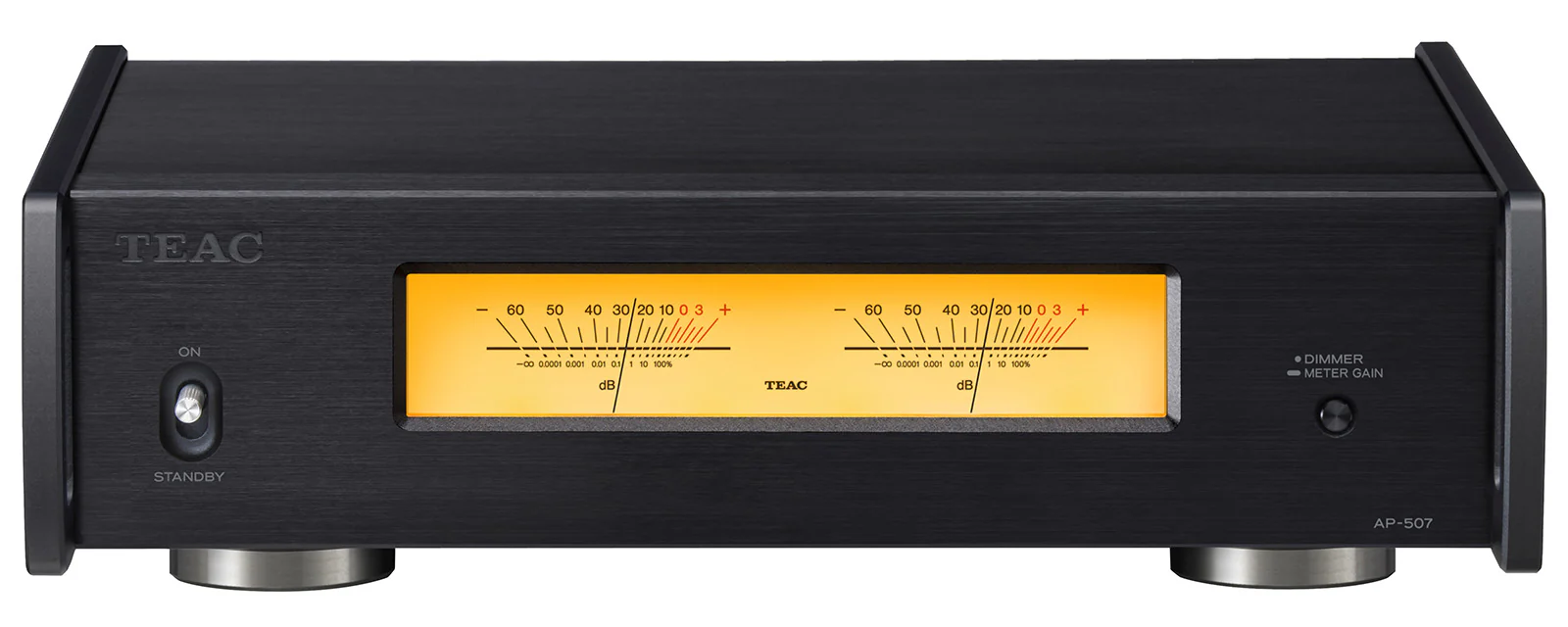 Stereo power amp $2,499.00
Stereo power amp $2,499.00
Model: AP-507
Weight: 9 ¾ lbs
Dimensions: 11 ½ w x 10 ¾’ d x 3 ⅜’ h
Power output : 70 wpc 8 ohms. 125 wpc 4 ohms, 230 as a mono block
RCA and XLR inputs
1 set of speaker outputs
Switchable for Stereo, bi amping or as a mono block
12 v trigger (both in & out)
(My reference power amp is a Luxman M-10x. It weighs 105 lbs—.The TEAC AP-507 weighs less than 10 lbs).
The TEAC amp drives the PS Audio F5’s with plenty of punch and power. No, the bass isn't as deep as the Luxman, and the top end isn't quite as smooth but only in direct comparison would you make that distinction and several guests who are non-audiophiles, while acknowledging that the reference system sounded more vivid, thought that comparing a $2,500 amp vs a $17,500 amp would have made a much larger difference.
The TEAC amp can run as a 2 channel stereo amp or switchable to bi-amping or as a mono block. It has both RCA and XLR inputs making its usefulness even greater.
Although the speaker terminals can connect speakers using either spades or bananas, the proximity of the ac outlet makes spades more difficult so bananas are strongly recommended
The amp drove the PS Audio FR5’s to apartment eviction levels as well.
For me, I could easily hear what the Luxman brings but that is not the point. The point is that, for $2,499.00 the TEAC gets you close enough to make for a great alternative as a second desktop/spare amp or as an intro amp.
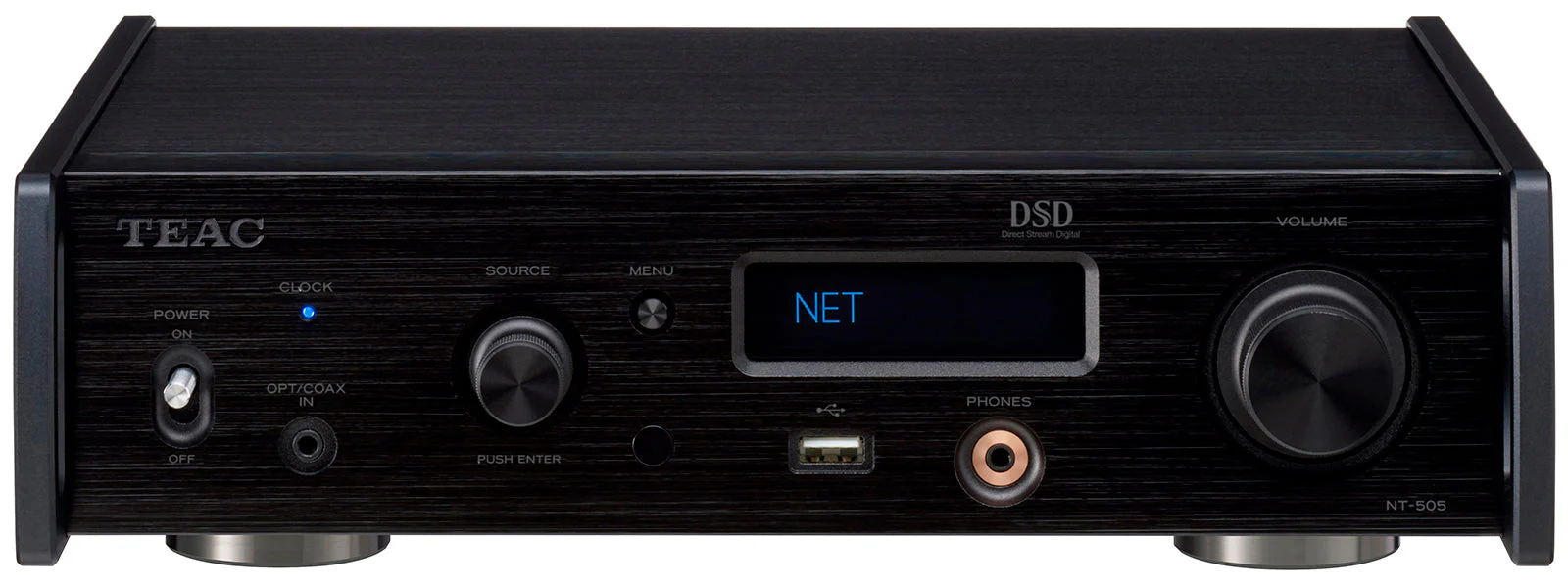 USB/DAC Network Player $1,499.88
USB/DAC Network Player $1,499.88
Model NT-505-X
Weight 9.1 lbs.
Dimensions: 11 ½” w x 3 ¼” h x 9 7/7” d
Analog outputs: RCA/ XLR
Headphone outputs: 3.5mm front panel access
Digital Audio inputs: Coaxial (2) RCA, 3.5mm, Optical (2) Square 3.5
USB: USB type A flash drive flash drive, USB type B (PC or Mac)
Ethernet port: Network accessed through the TEAC Network app (HR Streamer)
Bluetooth ready
Clock Sync input (ext. clock optional)
Keeping in mind that TEAC is the parent company of the Esoteric electronics line, it is no wonder that these compact digital devices contain so much functionality and sonic quality.
The NT-505X DAC network player decodes CD’s and MQA disks when connected to the TEAC PD-505T transport. This particular unit really caters to those whose playback choices are strictly digital as there is no analog input. The unit runs DSD, MQA, is Roon ready and has Bluetooth connectivity. It is not wireless and requires an ethernet connection. I ran TIDAL, Qobuz and Spotify through the HR streamer app and played back the audio at all the optional streaming rates. It can upconvert a digital stream up to 512 DSD. Access to all the digital functions (Network, optical, Bluetooth, Coaxial, Line & USB) are available on the remote control as are all the upconvert, filter options and volume control
A feature that really makes this unit interesting is the addition of a BNC connection on the back via a 10MHz connection cable (not supplied) to add an outboard digital clock generator..
The clock option can be switched on/off via the menu function.
The remote gives you access to Optical, Bluetooth, coaxial, line and USB inputs The menu button allows to to set the upconverting button, filter and display functions There is also an output button , mute and volume control. In fact all the remotes have volume controls that raise and lower volume on all devices that have that option
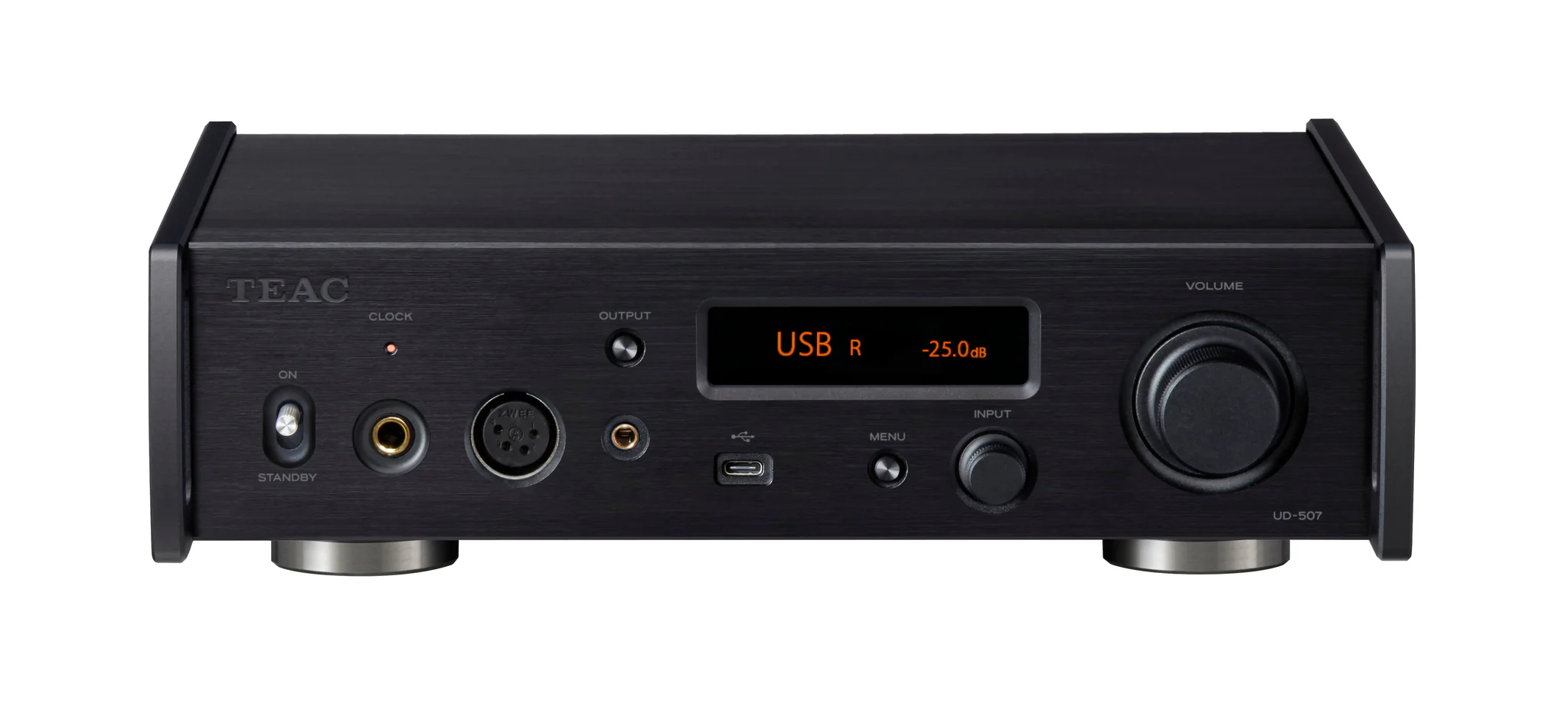 USB DAC/Headphone Amplifier $2,099.99
USB DAC/Headphone Amplifier $2,099.99
Model UD-507
Weight 10 ⅞ lbs
Dimensions 11 ½ ” w 3 ⅜’ h 9 ⅞ ” d
It is obvious that TEAC made a design decision regarding the 2 DAC devices. The NT-505-X (previous unit) was going to be for the digital and streaming fan with no analog inputs.
This unit, the UD-507 is a very different beast.
While there is no ethernet input and no direct network connectivity per se, I attached my laptop via USB and streamed hi rez Qobuz, TIDAL as well as played all my digital files. This unit does have an analog input (RCA & XLR) which allowed my to connect my turntable/ phono stage.
This is why I really liked this whole system. You could mix and match depending on your priorities. If you want to just play CD’s, and vinyl then just add the amp, a turntable/phono stage, CD player and speakers and, depending on how much you want to spend on speakers, you can have a very high quality 2 channel audio system for under 10K
Yes you can add the outboard clock as an upgrade in the future and you can also add another amp to use as mono blocks should your need for a greater room filling space become necessary.
Add another 5k then to the equation and you still are getting a massive bang for the buck in a very compact set up.
Particulars for the UD-507:
Design & Build
Built with dual toroidal transformers for analog and digital power, and a non‑feedback analog supply to minimize noise and ensure analog purity.
DAC & Processing
Equipped with TEAC’s proprietary FPGA based discrete DAC TRDD 5, offering multilevel or 1‑bit delta‑sigma conversion
Capable of playback up to 22.5 MHz DSD and 384 kHz/32‑bit PCM over USB
Upsampling & Clocking
Includes RDOT‑NEO up‑conversion (2×, 4×, or 8× PCM sampling rate) to enhance resolution of lower‑rate digital sources
Features dual internal high‑precision clocks for 44.1 kHz and 48 kHz bases, optional 10 MHz external clock input, and asynchronous USB support for ultra‑low jitter performance
Preamplifier & Volume Control
Acts as a high‑quality preamp with both analog (RCA and XLR) and digital (USB‑B/C, coaxial, optical, Bluetooth) connectivity — totaling 5 digital inputs and 2 analog inputs. Uses TEAC‑QVCS (Quad Volume Control System), offering finely stepped (0.5 dB) analog volume tuning with minimal signal degradation.
Headphone Amplifier
High‑current TEAC‑HCLD2 output amplifier with fully balanced dual‑monaural architecture.
Delivers up to 1,200 mW + 1,200 mW (balanced into 100 Ω), with selectable gain (Low/Mid/High) to match headphone impedance and sensitivity.
Offers 6.3 mm single‑ended jack, 4.4 mm balanced, and XLR balanced headphone outputs.
Wireless Audio (Bluetooth)
Supports high-resolution codecs: LDAC, LHDC, aptX HD, plus AAC, aptX, and SBC.
Software & Formats
Full MQA decoding on all digital inputs except Bluetooth.
TEAC HR Audio Player software (Windows/macOS) enables playback of DSD up to 22.5 MHz and PCM up to 384 kHz
Performance & Specs
Frequency response: 5 Hz to 70 kHz (+1/–6 dB); THD: ≤ 0.01% (1 kHz); S/N ratio: ≥ 105 dB.
The full function remote included
 CD Transport $1.699.99
CD Transport $1.699.99
Model PD-505T
Weight 8.8 lbs.
Dimensions: 11 ½’ w 3 ⅜ ‘h x9 7/8 ” d
Drive and Audio Precision
Armed with a proprietary CD mechanism derived from TEAC’s CD‑5020A, refined specifically for the PD‑505T
The mechanism is semi‑floating mounted, isolating it from chassis vibrations and preventing feedback that can degrade audio fidelity
A newly designed drive control circuit employs gentle BTL (bridge‑tied) drive for the spindle and pickup actuator, minimizing switching noise and delivering a natural, transparent playback.
Specifications
Feature | |
Supported Media | Audio CD, CD‑R / CD‑RW (audio format) |
Digital Outputs | 1× Gold-plated RCA coax (0.5 Vp‑p @75 Ω); 1× Optical TOSLINK (JEITA RC‑5720C) |
Clock Sync Input | BNC connector; accepts 10MHz TTL or 0.5–1.0 Vrms sine |
Power Requirement | AC 120 V/60 Hz or AC 220–240 V/50–60 Hz; consumption 4 W, standby 0.3 W In use, the remote control not only covers all of the expected CD player functions that one would expect but through the menu button you can access shuffle play, random play, auto power save, power on play, dimmer display intensity and clock output connections There is also a front panel light that lets you know that the outboard clock is synced to the transport. As a test of the CD drive mechanism in the TEAC, I ran my reference Luxman D-07X digital output into the DAC of the TEAC Network DAC and then compared the output of the TEAC transport Into the TEAC DAC. There were minor perceptible differences in the delineation of leading adge transients but only when compared almost immediately. The transport of the Luxman is considered world class by many so it says a lot about the quality of the TEAC transport in the 500 series. The volume output of the transports was identical. The onboard DAC of the Luxman was not involved in this comparison.
The CD transport remote has many of the functions of the other remotes with all the added CD play options.
|
Separate toroidal transformers supply the OLED display, CD drive, microcontroller, and audio circuit independently, ensuring clean, isolated power rails
Utilizes a low‑phase‑noise crystal oscillator as the internal clock and offers 10 MHz external clock input for synchronization with high‑precision DAC or master clock generator.
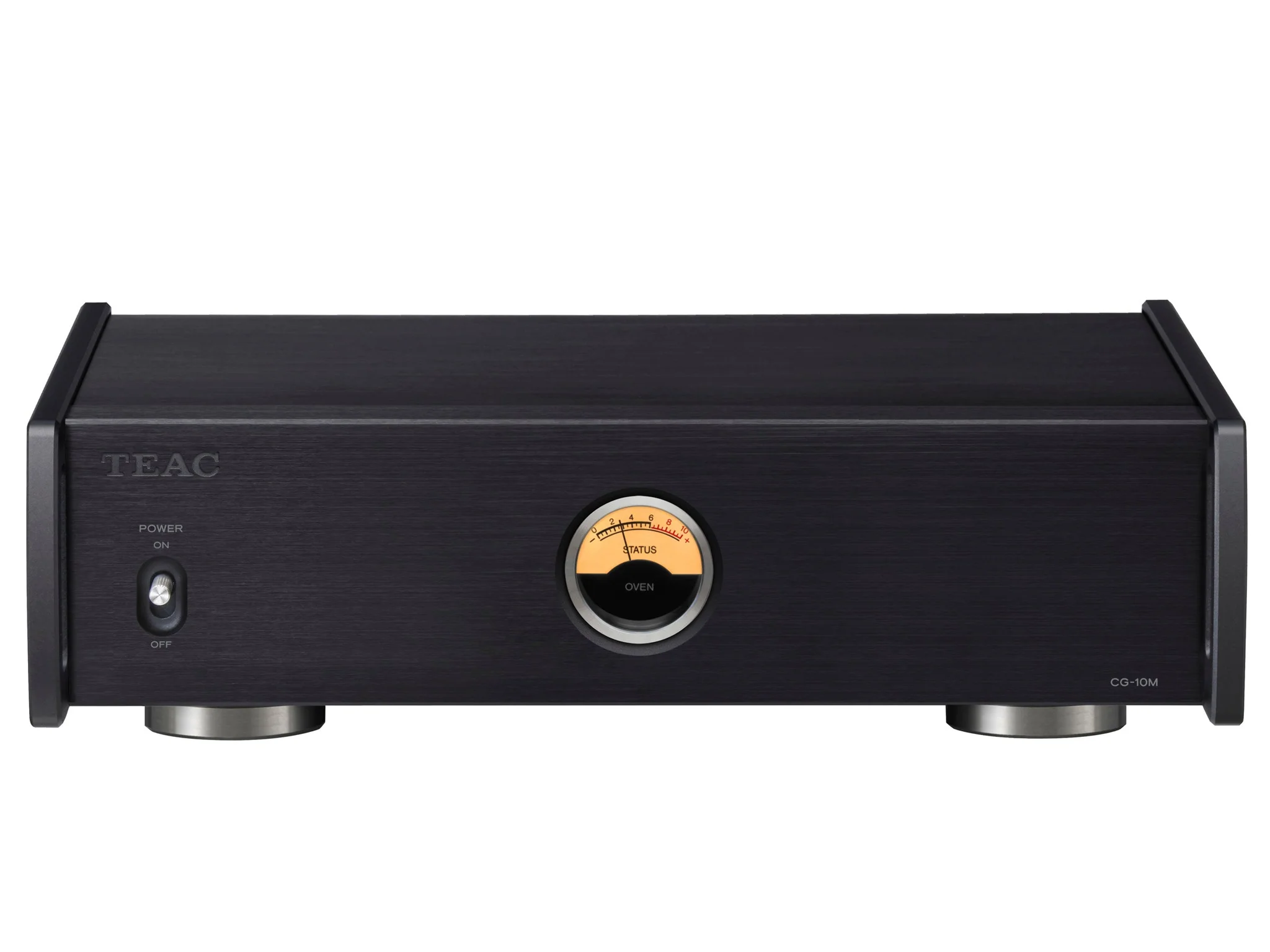 Master Clock Generator $1,999.00
Master Clock Generator $1,999.00
CG-10M-x
Weight 8 lbs.
Dimensions: 11 ½”h x 33/8” w x9 7/8” d
What an interesting choice for a device in this class. Most of my friends have no idea what a clock generator does let alone own one. So for them:
Every digital device has an internal clock to control the digital bitstream and (hopefully) reduce jitter which leads to the time domain smearing, and ultimately, the degradation of the digital signal.
More accurately (FROM TEAC): “The internal clock in any digital device that has a clock input, performs better when synchronized with an external clock that has higher precision”
The understanding of the importance of this kind of correction over the years has led to the refinement and success of digital to become much more accepted in high end circles.
TEAC offers an outboard digital clock generator to connect to their transport and their network player.
Simply put, it corrects any digital bit stream via a 10MHz signal sent to it via a BNC cable and makes sure that the timing of all digital signals fed into it are correctly synced.
In the case of the CD transport, it corrects any timing issues between the transport and the DAC which should produce better sound.
It helps reproduction by creating sharper imaging, clearer transients, a lower noise floor and a more "analog-like" sound stage.
I have used both the CD transport and the DAC/ Network player with the TEAC CG-10M-X clock in and out of the audio chain. My speakers are of sufficient quality to show off the greater resolution that the clock brings with better bass and higher musical resolution.
As TEAC is the parent company of Esoteric, it is not surprising that this clock technology has filtered down to the 500 line.
Esoteric master clock generators start at $5,500 and go up to $30,000.
A device like this at the $1,999.00 price point is an example of the intent of the manufacturer to bring very high quality audio by offering greater value and more options for upgrading and a more satisfying listening experience.
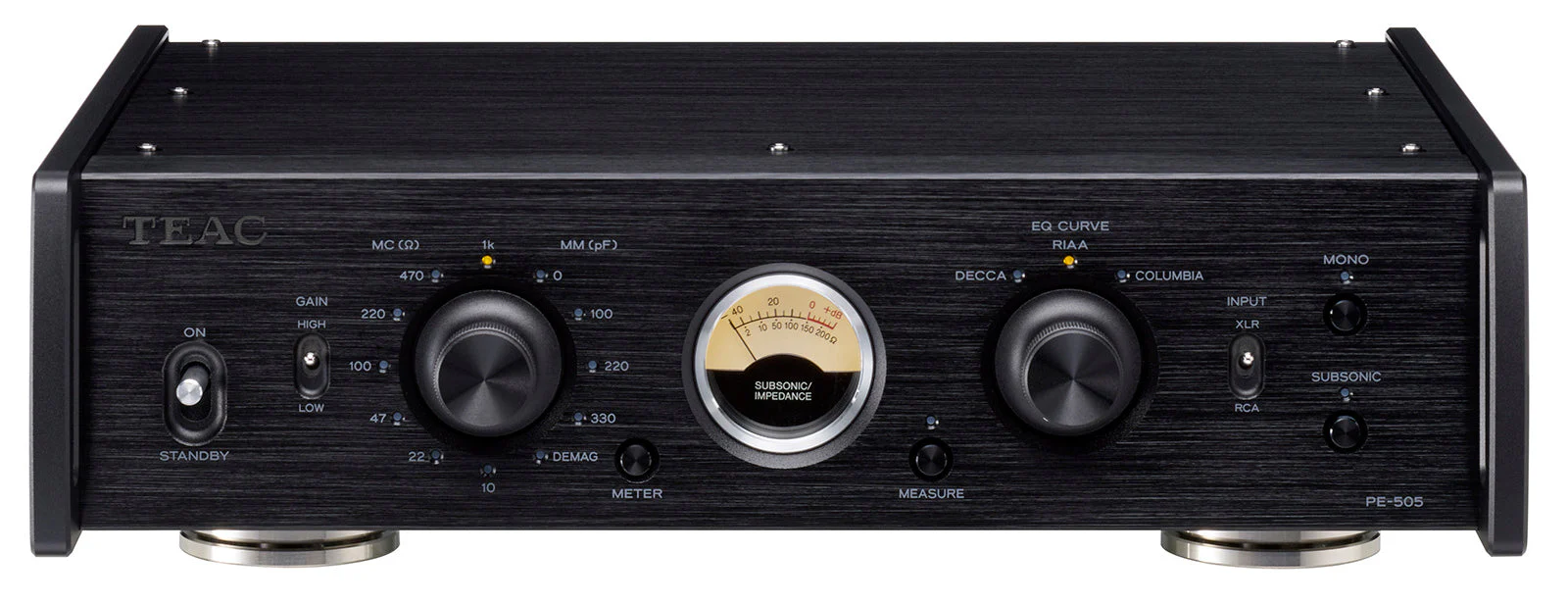 Phono Preamplifier $2,799.00
Phono Preamplifier $2,799.00
Model PE-505
Weight 10 lbs
Dimensions 11 ½’ w 31/2’ h 10” d
Saving the best for last.
This online publication is, after all, called “Tracking Angle”
This phono stage is the most expensive single piece in the 500 series and it is feature packed.
I’ve owned dozens of phono stages over the years but none offered the flexibility and control access that the PE-505 does. The front panel is chock full of control options to get the best out of your phono cartridge.
Left to right:
On/off lever, Gain lever (high/low), Impedance selection knob mc/mm with a built in mc cartridge demagnetizer, Impedance meter light on/off button, Impedance meter (shows actual impedance of the cartridge and the phono cable),
Impedance measure on/off button, EQ curve knob (three choices) Decca, Columbia, RIAA), Input lever(RCA/XLR) for turntables with balanced output. Mono button & a subsonic filter button
I have never seen these features all together in one unit before, let alone at this price point. Of course, none of it would matter if mthe unit didn't deliver a high degree of sonic satisfaction.
Over the last 15 years I have owned phono stages by ASR Basis, Sim Audio Moon 810, PS Audio Stellar and my current reference, Pass Labs XP 27.
The PS Audio came in at a price point closest to the TEAC and sonically was equal to the TEAC. The other phono stages were 4 times the cost of the TEAC PE-505.
Sonically, the more expensive units, especially the Pass Labs XP27 all presented greater bass weight and more clearly defined instrument specificity (in direct comparison) but the TEAC unit got close enough to make it a satisfactory main unit or a perfect second system option and none of them came close to the options for cartridge matching. You can tell a lot of thought went into this design and the fact that the Esoteric line comes from the same company and that fact makes these options less surprising.
In closing
I have had all the TEAC products for 4 months and spent many hours listening to all the configurations and comparing, when I could, the quality of music reproduction against my reference Luxman system.
I streamed through Spotify, TIDAL, Qobuz, used NAS storge, and played CD’s & MQA discs. I also played lots of albums I invited many friends over, including musicians and producers, and played for them the TEAC gear.
Most of them have been in the Sonos desert over the last 5 years and other than pro audio studio monitors most had no idea or reference point to gauge better sounding music reproduction. To say they were blown away by the quality of the TEAC gear is an understatement!
Yes, they all agreed that the Luxman gear was very detailed and had a greater sense of weight and tone but relative to the expense, were amazed at what TEAC products pulled off.
I can’t tell you how much fun I've had mixing the units up to specific needs with only going to my reference gear to search out descriptive ways to explain the differences.
Yes, you can find products that may do some (or close to all) that these products provide but I doubt you can find them in such a compact, user friendly array and so reasonably priced. TEAC also has the 700 series which mirrors many of these products but, besides being termed ‘reference’ in TEAC ads, are standard rack dimensions as well as being nearly double the unit to unit price. There is a much larger choice of gear at this price point.
Remember that if you found an integrated amp with Hi-rez streaming/plays CD’s & MQA discs with a built in phono stage that is both analog & digital, it not only will be much more expensive but if any of these options fail, the whole system goes down. You never have to worry about that with these TEAC products as they all function separately.
The TEAC gear, in my opinion, can be described as a ‘lifestyle product’ which is why I didn’t compare the units to a myriad of other manufacturer's products.
All the TEAC units were tested with the power cords that came with each unit.
Because of the relatively inexpensive products and because I live in an apartment building where I'm at the mercy of the building's feed, I felt it reasonable to add an Audioquest power conditioner, model PowerQuest 707, which lists for only $1,299.00 and is proportionately priced given the average component cost of $2.000.00 per. Should a buyer want to start upgrading and begin with a power conditioner, which is a good way to upgrade, the 707 is a logical choice.
If you just stream, for about 5k, get the NT-505-X DAC/ Network player preamp for $1,499.00, the AP-507 power amp for $2,499.00 and add a pair of speakers.
If you also play CD’s, add the PD- 505T CD transport for $1.699.99
Add a CG-10M-X Master Clock Generator for $1,999.00
For well under 10k, If you play records, get the $2,799.99 PE-505 Phono stage, UD-507 DAC/headphone preamp ($2,099.99) and add the AP-507 power amplifier ( $2,499.99) and then add speakers.
If you have both the CD transport and the Network streamer, then you can upgrade the sound by adding the Master clock generator.
If you need more power you can add an additional AP-507 power amp to make them mono blocks.
Remember all the boxes are 11 ½ inches wide, app 9” deep and weigh no more than 11 pounds each. So easy to move and set up!
The phono stage and both preamps, one with all digital inputs & network based and one with analog and digital inputs with the option of connecting a laptop through USB and playing hi-rez audio, are,. IMO, true bargains.
At AXPONA I did not see anything close to what this TEAC series does and offered at price points that are real world and manufactured by a real high end audio company.
The high end industry has evolved with products that were unthinkable 15 years ago and the quality is truly mind boggling.
Innovation comes with a cost and that will never change. I just want newcomers to have a chance to experience what we all love and to be amazed at what home entertainment can provide and hopefully create a new group of consumers to keep this hobby of ours alive.
TEAC answered the question I asked myself while walking around AXPONA: how much do you have to spend to get gear that is easy on the eyes, easy on the lower back and offers high quality audio these days?
From small things mama, big things one day come!
TEAC set-up associated gear:
(TEAC provided power cords that came standard with each unit)
Speaker cable: ADVANCE Paris,
Wireworld mini eclipse 10
Interconnects: ADVANCE Paris
Digital Cable: ADVANCE Paris
Power Conditioner Audioquest PowerQuest 707
Turntable: VPI 40th anniversaryCartridge: Audio Technica AT-ART20,
Ortofon A95
Speakers: PS Audio Aspen FR5
Subwoofer: REL 7X
Reference system:
Amplifier: Luxman M-10X
Pre amp: Luxman C-10X
SACD player Luxman D-07X
DAC/streamer/ Clock: DCS LINA
Turntable VPI 40th anniversary
Speakers: PS Audio Aspen FR5,
(Primary), Wireworld Platinum 10 jumpers
Speakers: Franco Serblin Accordo Goldberg, Spendor LS3/5a
Reference power conditioner: AQ Niagara 5000
Power Cords: AQ ‘Dragon’, Triode Wire ‘Obsession’
Interconnects: AQ ‘Dragon’ XLR,
Wireworld: ‘Platinum Eclipse’ RCA
Speaker Cable: Wireworld ‘Gold eclipse’ 8
John "Jay Jay" French is Manager/founder/guitarist TWISTED SISTER
Specifications
See individual coverage





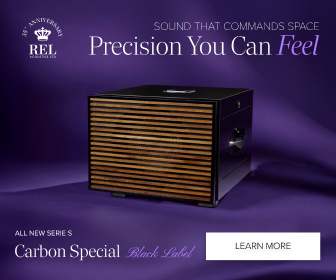
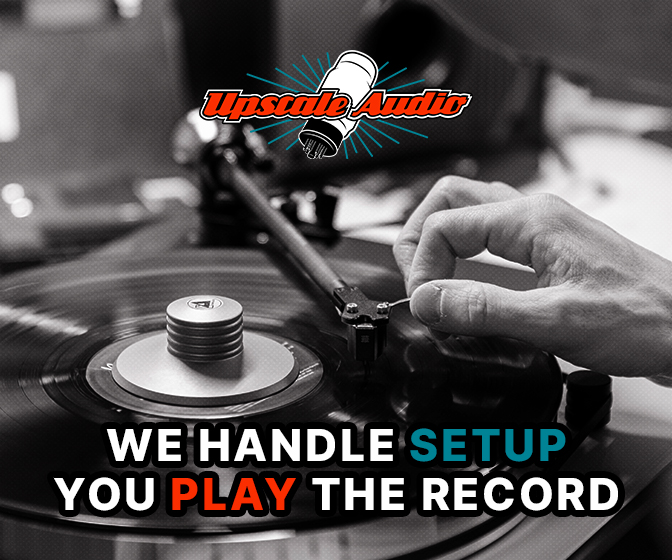
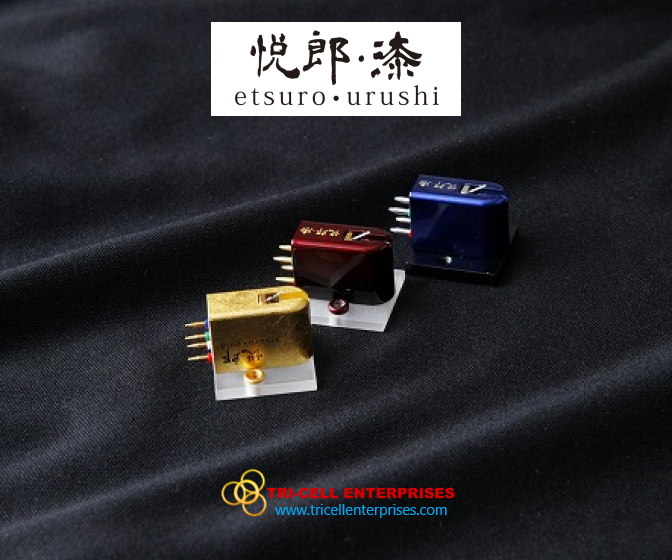
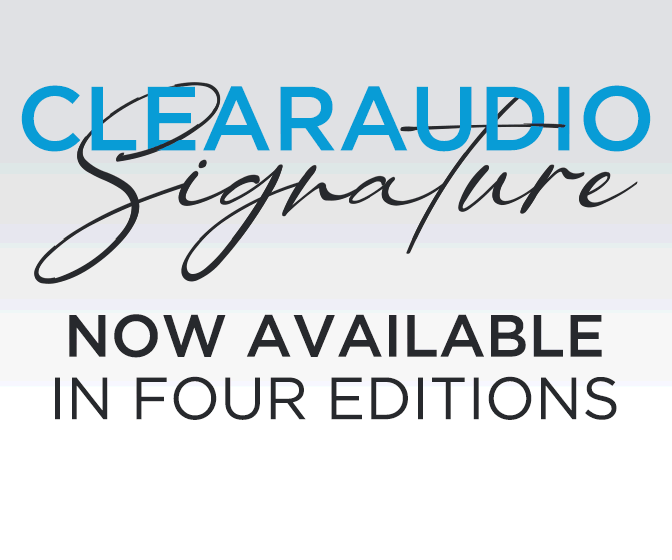
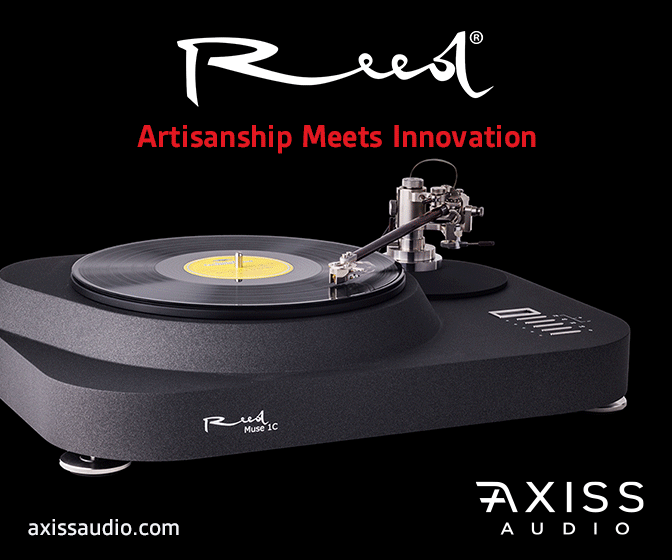
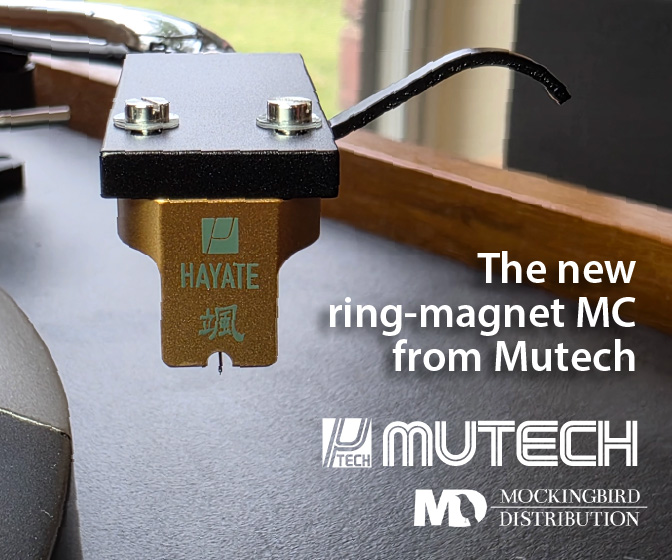
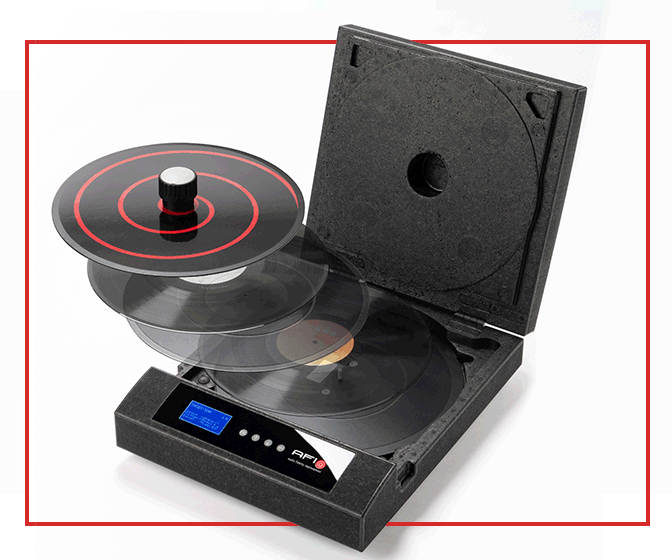
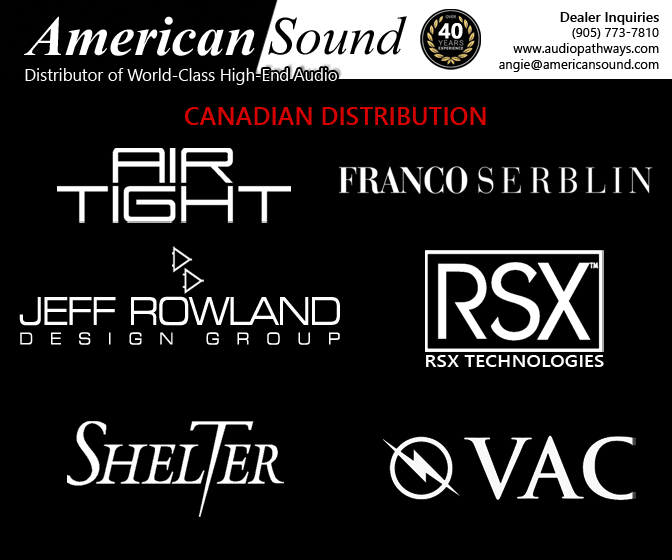
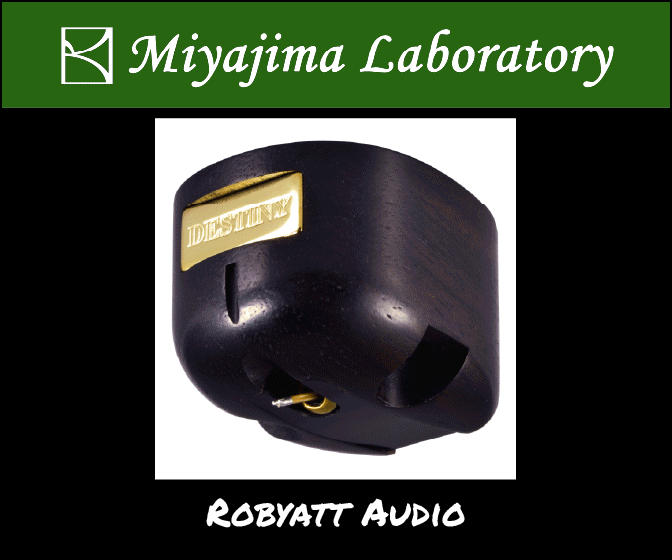
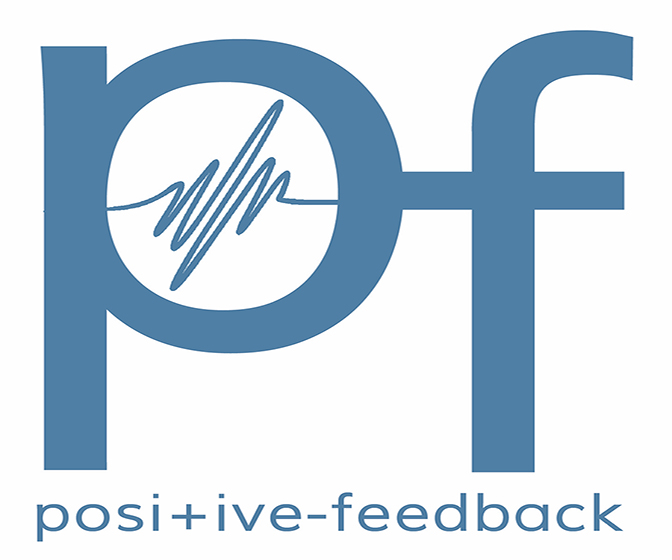

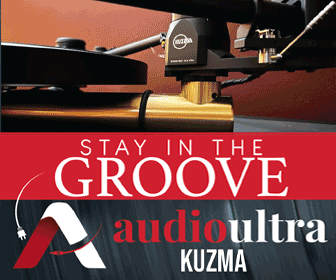

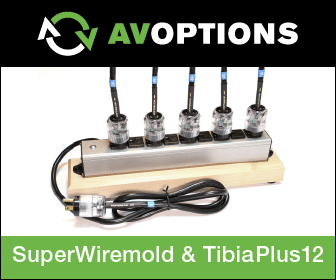
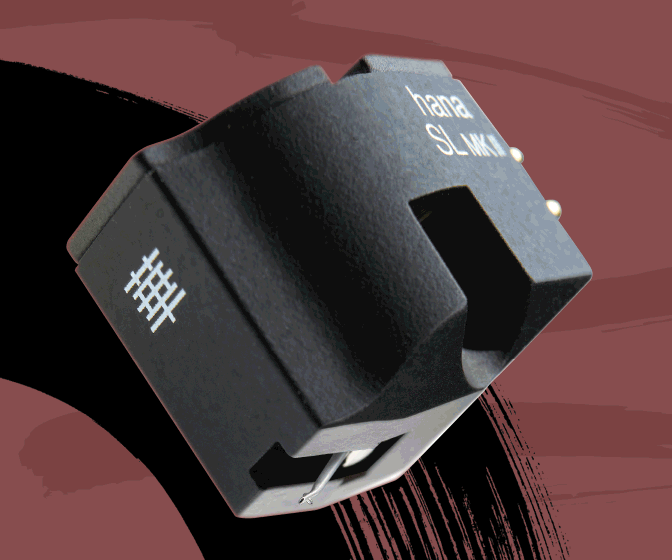
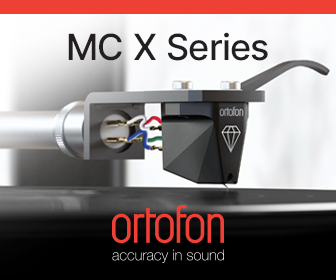
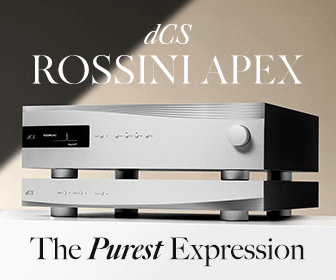
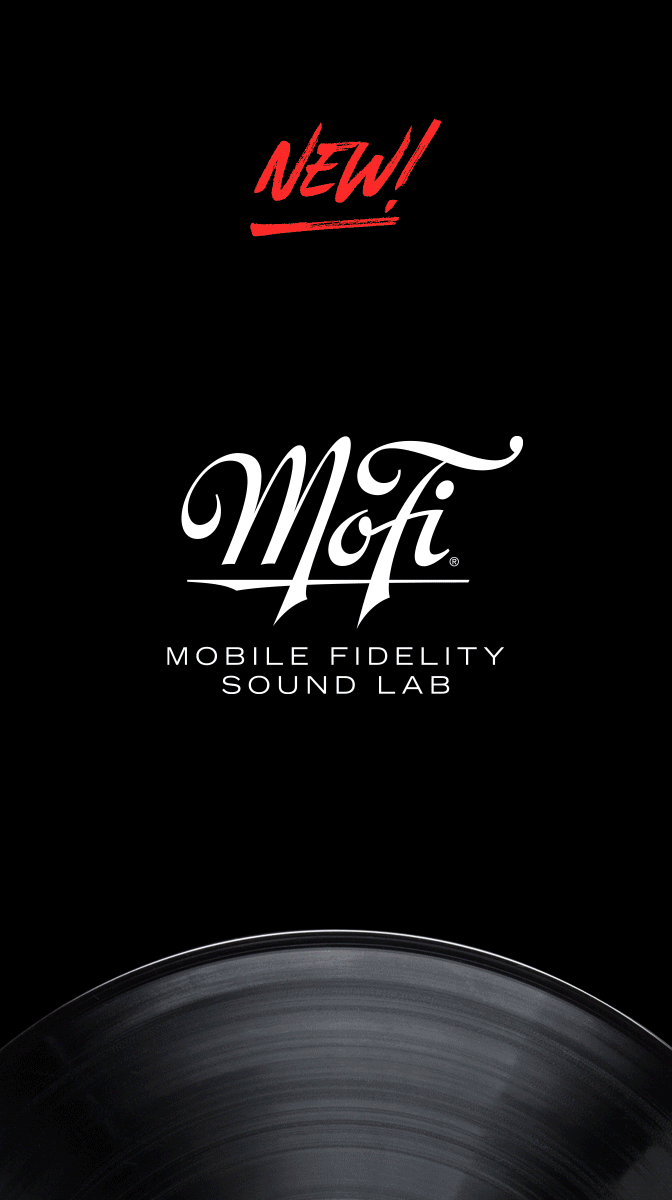


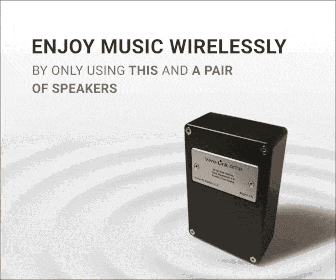
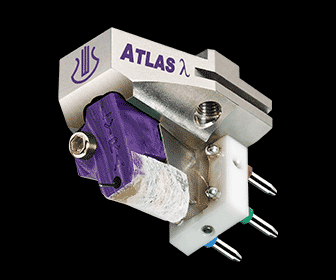

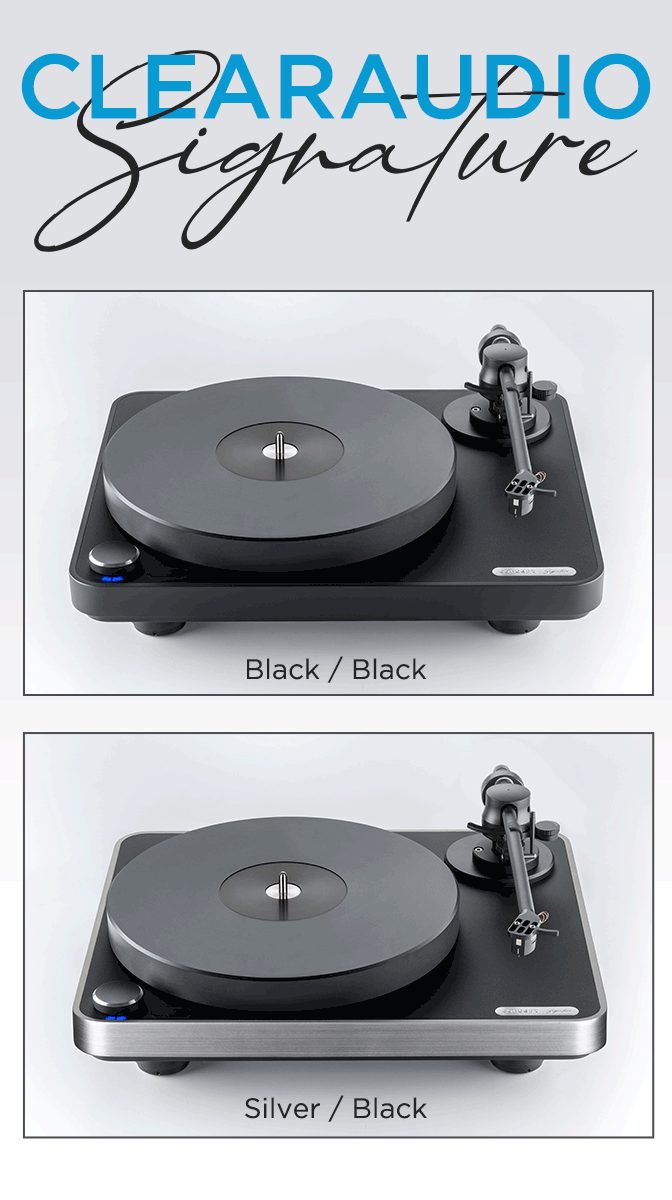


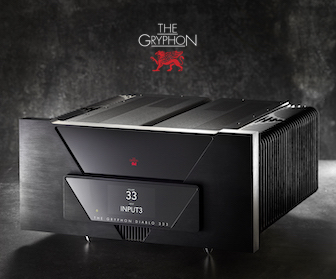
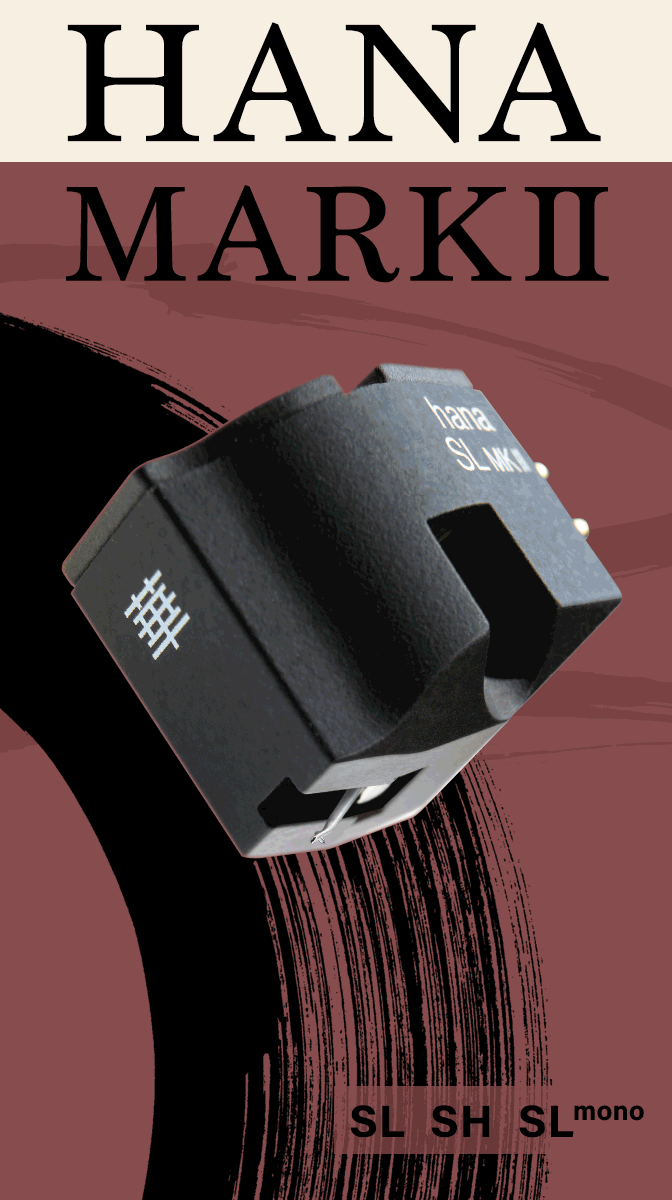



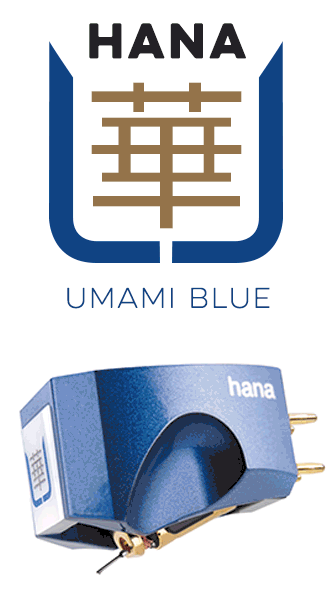





.png)








